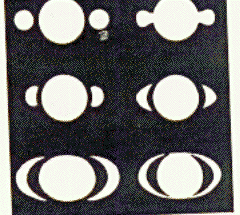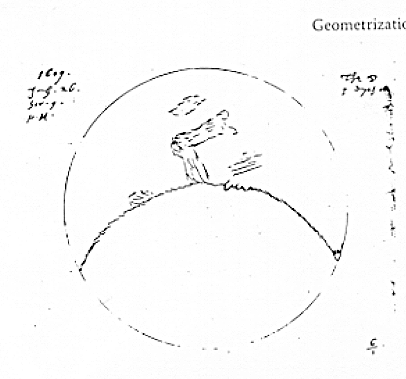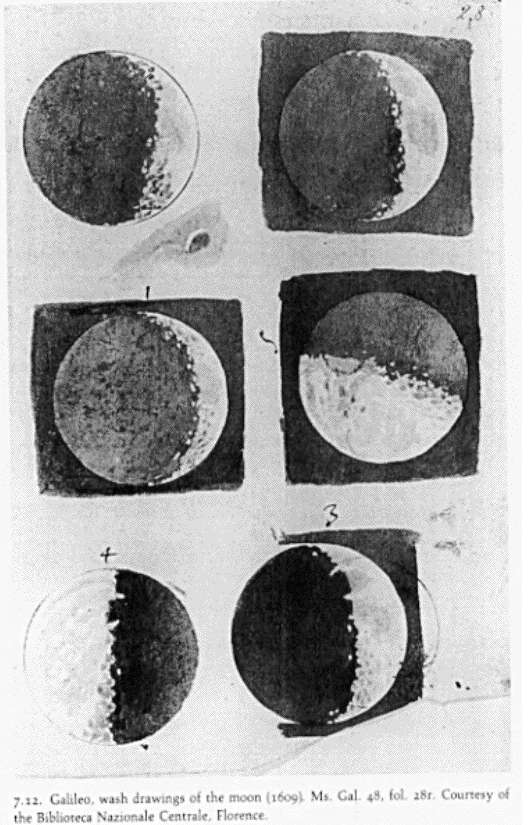Gestalt Psychology


"Gestalt theory
began toward the close of the 19th century in Austriaand south Germany as
a protest against associationist and structural schools' piecemeal
analysis of experience into atomistic
elements." Max Wertheimer, Wolfgang
Köhler and Kurt Koffka
collaborated to found Gestalt. (Britannica) Early studies
dealt with
illusion, for example, the Kanizsa triangle,
which we used as the background for many of our pages. As you look at the
Kanisza triangle, a boundary can be seen where the perceived white
triangle
meets the white background; a boundary between white and white!
"The Gestalt psychologists (Koffka, 1935; Köhler, 1940) believed
that a number of innate tendencies influence the way we see. While many
contemporary psychologists maintain that even these tendencies are the
result of experience and learning, all agree that they are strong and
virtually
universal tendencies." (Darley et. al. 114)
David Marr, who thought that many who investigated vision were "misled by the apparent simplicity of the act of seeing," approached the matter at a more basic level: how he recognize lines and other elements. (Marr 30)
Look at the image (Gombrich 104)of "The < > must get done,"
What is the second word, covered by the ink blot? Our knowledge of roman letters, and common English words, grammar and phrases lead many of us to conclude that the completed sentence reads the work must get done. (Less commonly, the blot can also be interpreted as the impressionistic silhouette of a donkey, the sentence reading: the donkey must get done. However, this perception appears spontaneously only after years of wasketball.) The ability to interpret the blob as the word 'work' is more impressive considering how little of the word we actually saw . (Gombrich 104)
This ability can mislead as well. Notice that the image further down the page which appears to be a paragraph at first glance but is really made up of meaningless symbols. We are fooled because these symbols resemble roman letters and are grouped like words.
| Since we know that the planet Saturn has rings, we can infer them from a photograph of the planet that the shapes we see are the rings. |  |
| However, drawings made by the astronomer Hevelius of Saturn, show that he did not have rings "in mind" at the time. |  |
| Similarly, Thomas Harriot's drawings of the moon reflect his ignorance of its nature. |  |
| Galileo's watercolors are a testimony to his understanding as well as his talent. |  |

fake
paragraph (Gombrich 97)
Humans rely heavily on pre-formed representations of the world. "A classical question posed to the philosopher John Locke by his friend William Molyneux . . .: Would a man blind from birth who captured space by touch and movement be able to sense and interpret visual space if his sight were suddenly returned?" (Edelman 41) An interesting case of vision disability is the story of a man who had to learn how to see. Blind since birth, he acquired vision after an operation. However, he had to learn to associate this new sensory input with representations already in his brain. Without the ability to map visual perception to named objects with known functions, the world was a meaningless blur. Only after he simultaneously looked at and felt a sculpture was he able to begin organizing what he saw. The blind man missed the critical period during which people with normal eyesight connect sight and reality. The answer to Molyneux's question is: yes he can learn to see, but only very slowly.

Send Mail to Dylan Cooke
May 25, 1996